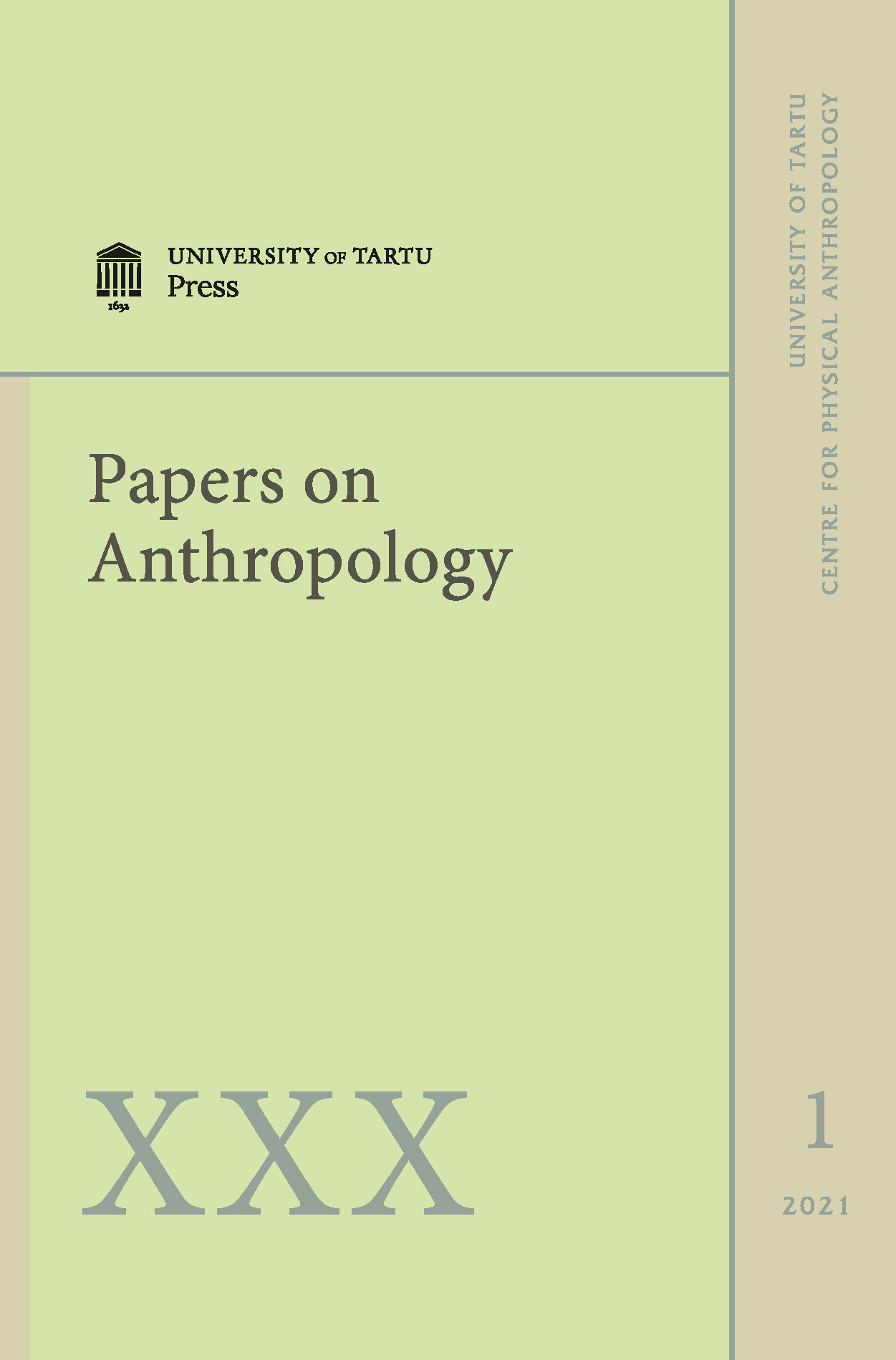August Rauber’s ideas for the creation of an Anatomy Museum in Lithuania (1920–1940)
DOI:
https://doi.org/10.12697/poa.2021.30.1.03Keywords:
anatomy, museum, transparent specimen, corrosion specimenAbstract
Professor August Rauber (1841–1917) created the most important school of anatomy in the Baltic region. His students continued his educational and research work in their native countries. One of them was Professor Jurgis Žilinskas (1885–1957) who laid the foundation to Lithuanian anatomy and anthropology. From 1906–1912, he studied medicine at the University of Yuryev (Tartu) where Prof. A. Rauber worked for 25 years as Head of the Institute of Anatomy. In 1890, A. Rauber opened the Anatomy Museum there. In the university, J. Žilinskas maintained close contacts with Professors A. Rauber (1841–1917), N. N. Burdenko (1876–1946), W. Zoege-Manteuffel (1857–1926) and E. Landau (1878–1959). After graduation from the university, J. Žilinskas as a talented student was invited to work as an assistant at the Department of Hospital Surgery at Yuryev University. After Lithuania restored its independence on 16 February 1918, Prof. J. Žilinskas participated actively in the organization of medical studies in Lithuania (1922–1940) and was one of the creators and the principal patron of the Museum of Anatomy. Returning to Lithuania, J. Žilinskas brought along the most advanced ideas of his professors, especially of his honoured Prof. A. Rauber. During this period, the collection of the museum increased to 3,890 specimens. Osteological specimens comprised 1,925 (around 50%) of the specimens, wet specimens – 753 (19.3%), corrosion specimens – 467 (12%), transparent specimens – 201 (5.2%), dry specimens – 107 (2.8%) and models – 437. Professor J. Žilinskas’ collection constitutes 50% of the present exhibits at the Anatomy Museum of the Lithuanian University of Health Sciences.

